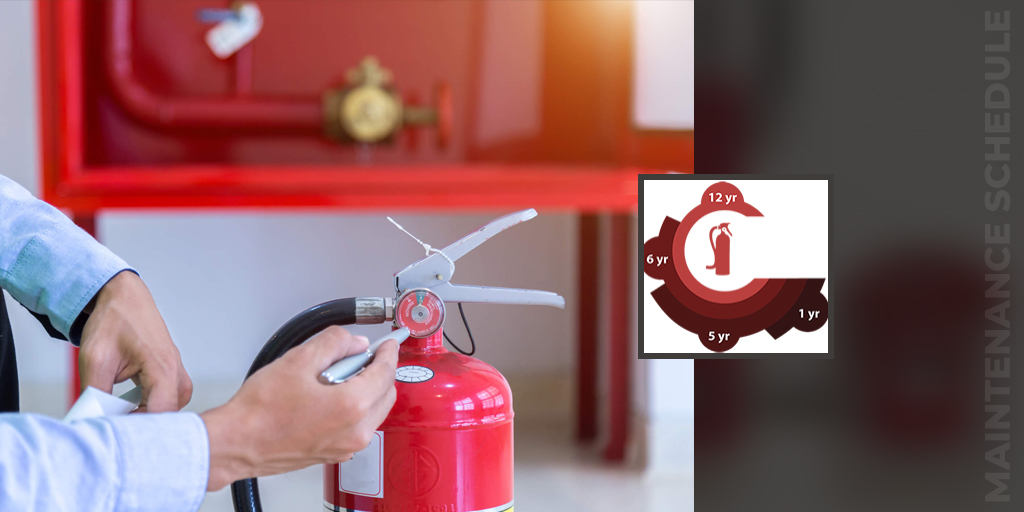
Fire Extinguishers
Having a fire extinguisher is a start. If you don’t know how to use you can request help from colleague. However, it is easy to use and learning When to Use and How to a Fire Extinguisher is as easy as reading the Label on the fire extinguisher Since approximately 30% of portable fire extinguishers in the workplace are not in good working order. It’s wise to have a third party check this as per QCD and Manufacturer requirements. And because your fire extinguisher has an updated inspection tag from Thompson Specialties Middle East and you know to visually check the Pressure Gauge, you can be assured it will work in an emergency.
Make sure that you’re ready by working with a company you can trust. We don’t take shortcuts, and we don’t take chances with your safety. At Thompson’s Specialties, we offer all types of portable fire extinguishers from quality manufacturers, Ansul, and Mobiak. We also can survey your facility to match type, size and placement of fire extinguishers to your needs and to Qatar Civil Defense requirements.
Placing fire extinguishers is only the start. Check out our maintenance and inspection advice below for more details on how to keep your building/facility up to code. When you work with Thompson, you don’t just get fire extinguishers; you get total protection from a source you can trust.

Monthly Inspection
- Are units in proper locations?
- Are units in clear view and properly accessible?
- Are units in clean condition?
- By the naked eye do the units appear to be operable?
- Have the monthly inspection tags been properly signed?
Maintenance Schedule
- 1-year maintenance on portable fire extinguishers.
- 5-year hydrostatic test on carbon dioxide and water-based extinguishers.
- 6-year maintenance on stored-pressure extinguishers.
- 12-year hydrostatic test on stored pressure and cartridge-operated extinguishers.
Inspection Process
1. Visually inspect extinguisher as per manufacturer requirements
2. Check the test and maintenance dates.
3. Weigh extinguisher. (CO2)
4. Visually inspect pressure gauge. (when applicable)
5. Remove safety pull pin.
6. Install new tamper seal. (Some units may require additional inspection procedures.)
7. Remove discharge hose and inspect valve assembly.
8. Check CO2 for continuity. (when applicable)
9. Clean extinguisher.
10. Attach a new certification tag.
11. Complete Fire and Safety Report.
12. Communicate to customer completed work.
Operating a Fire Extinguisher – PASS technique
